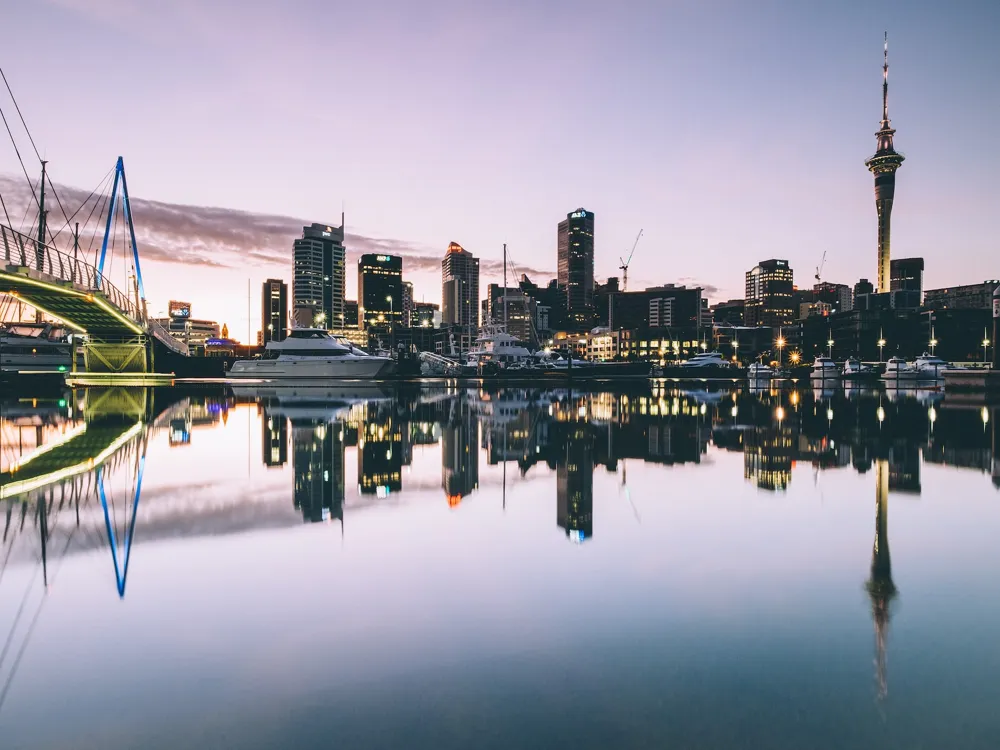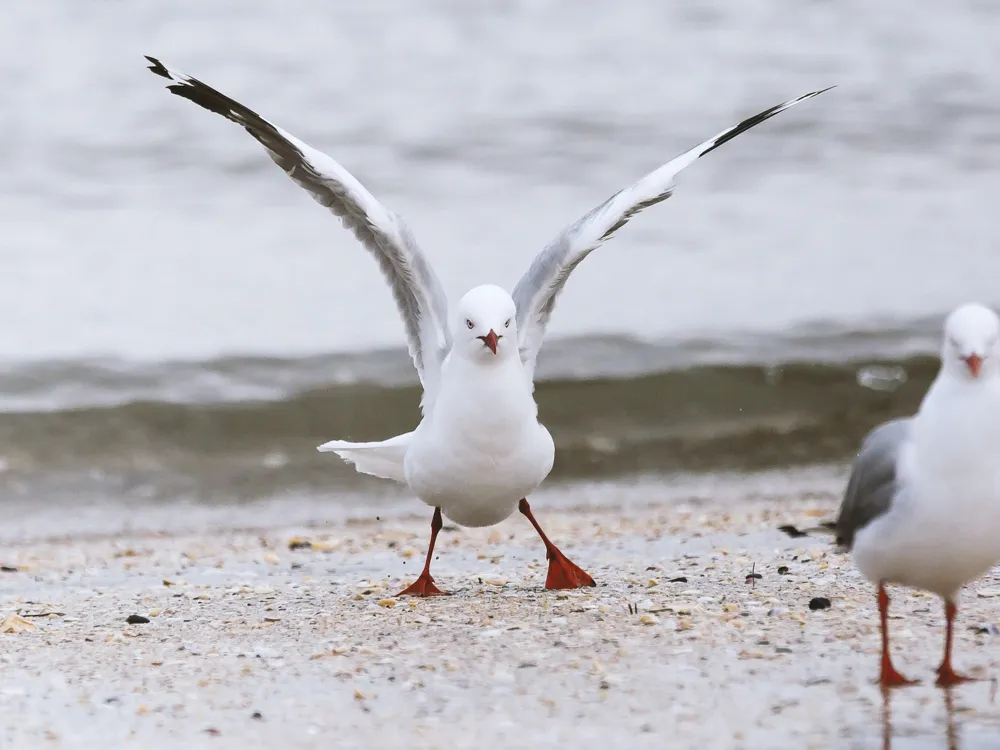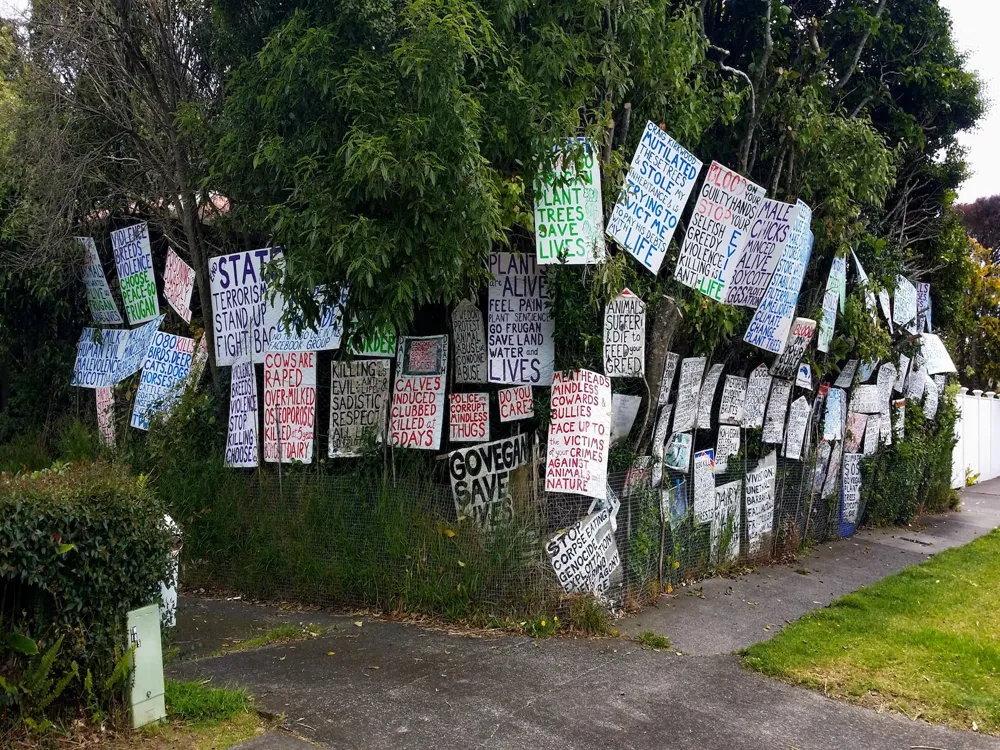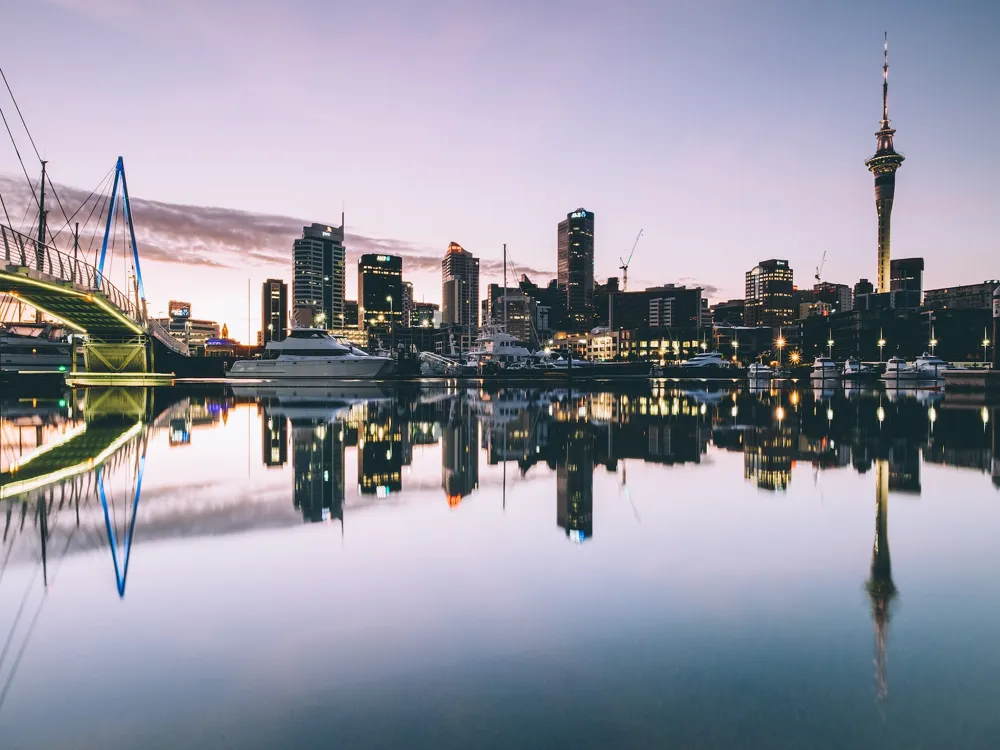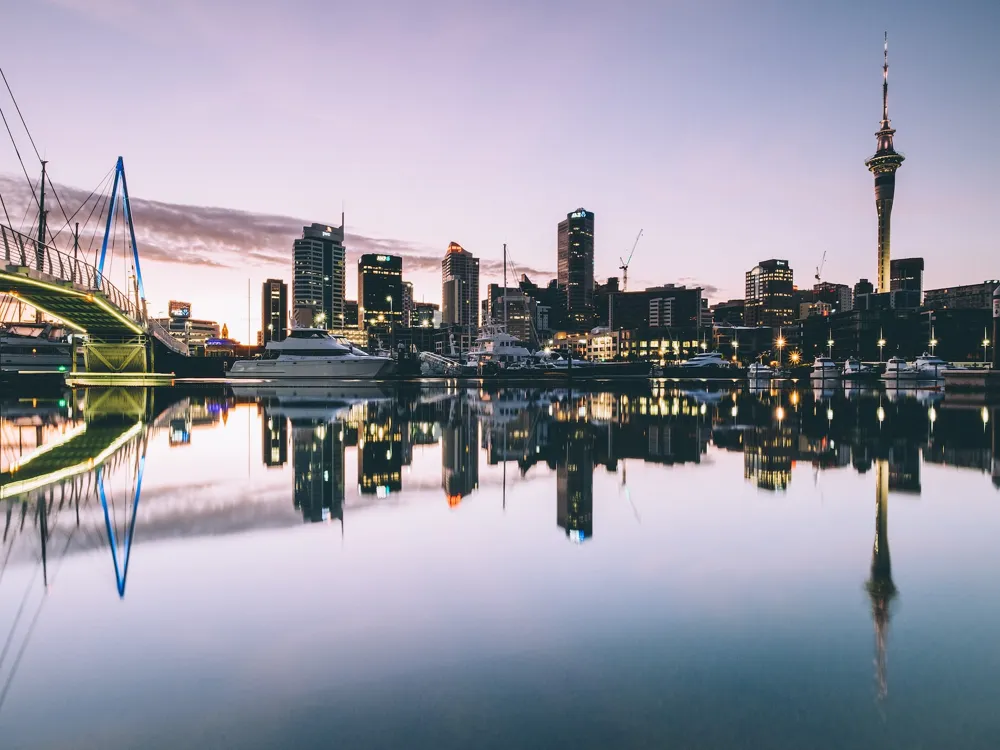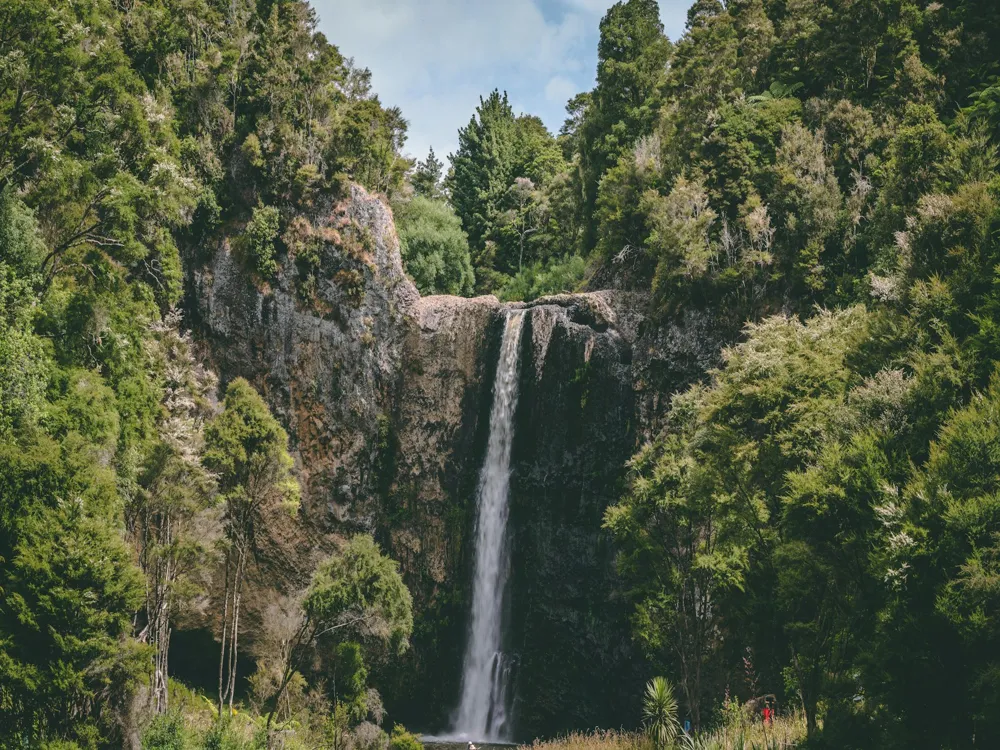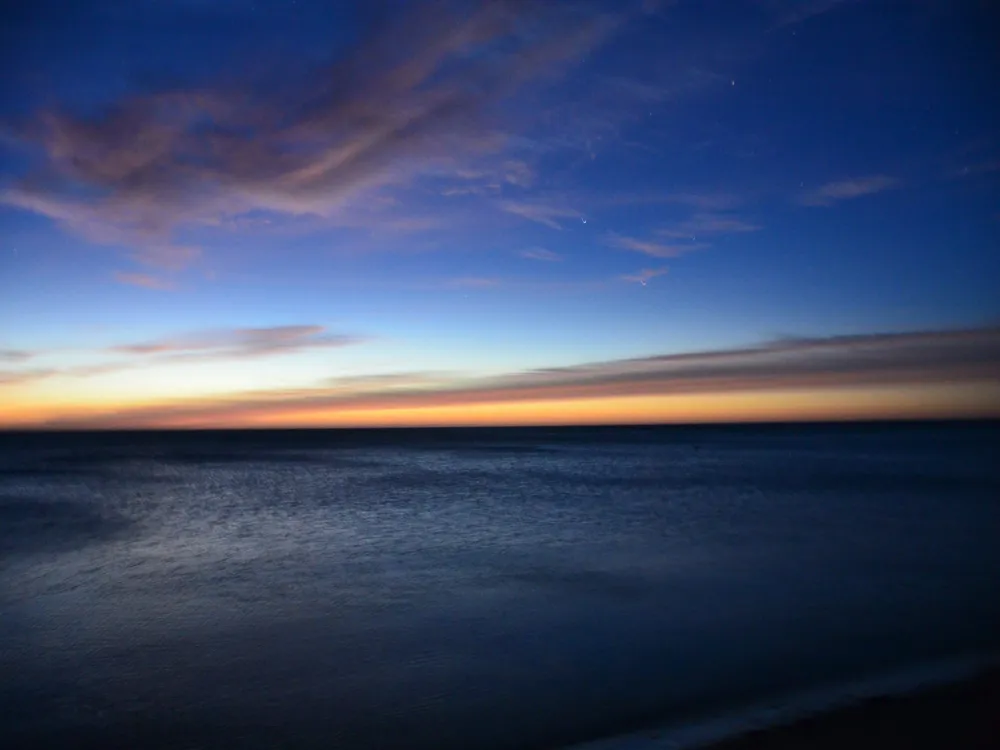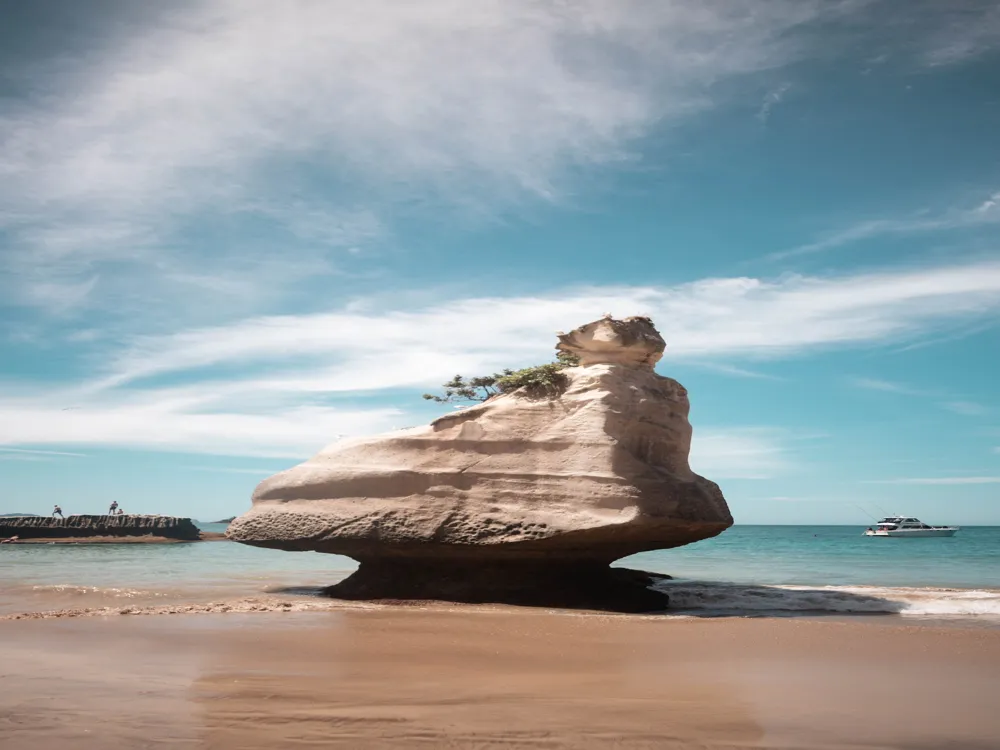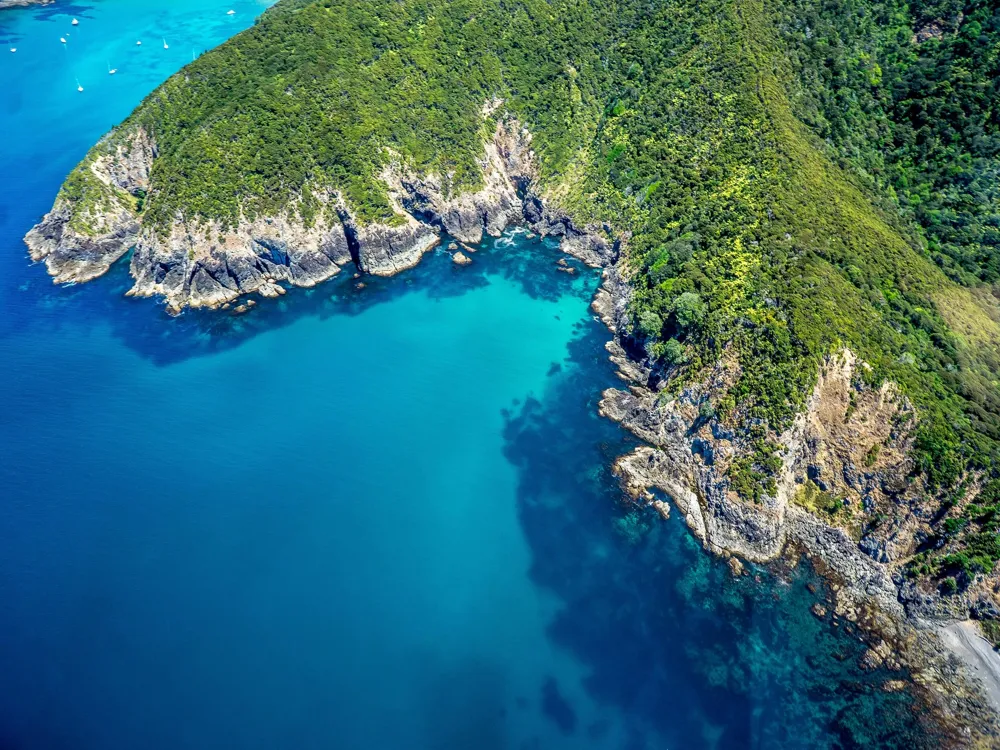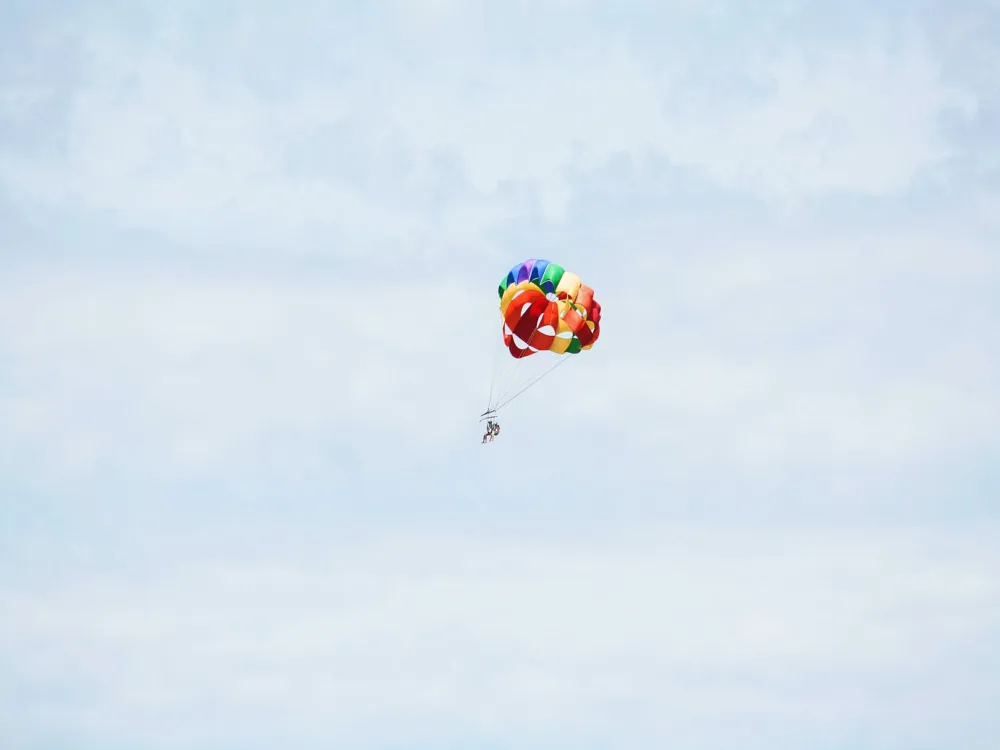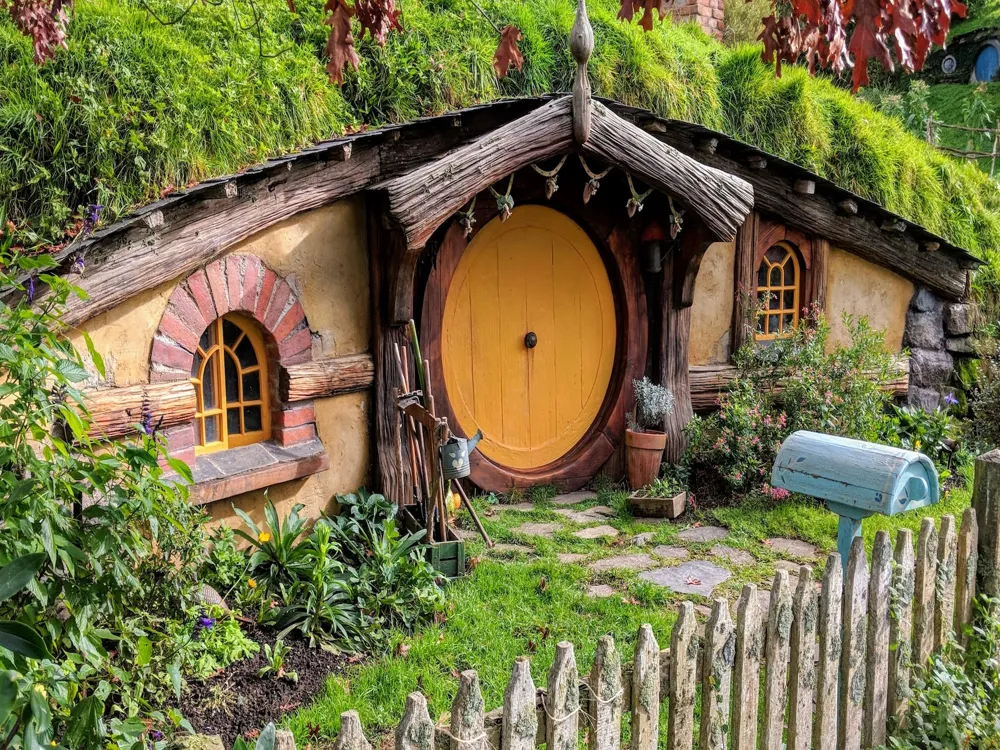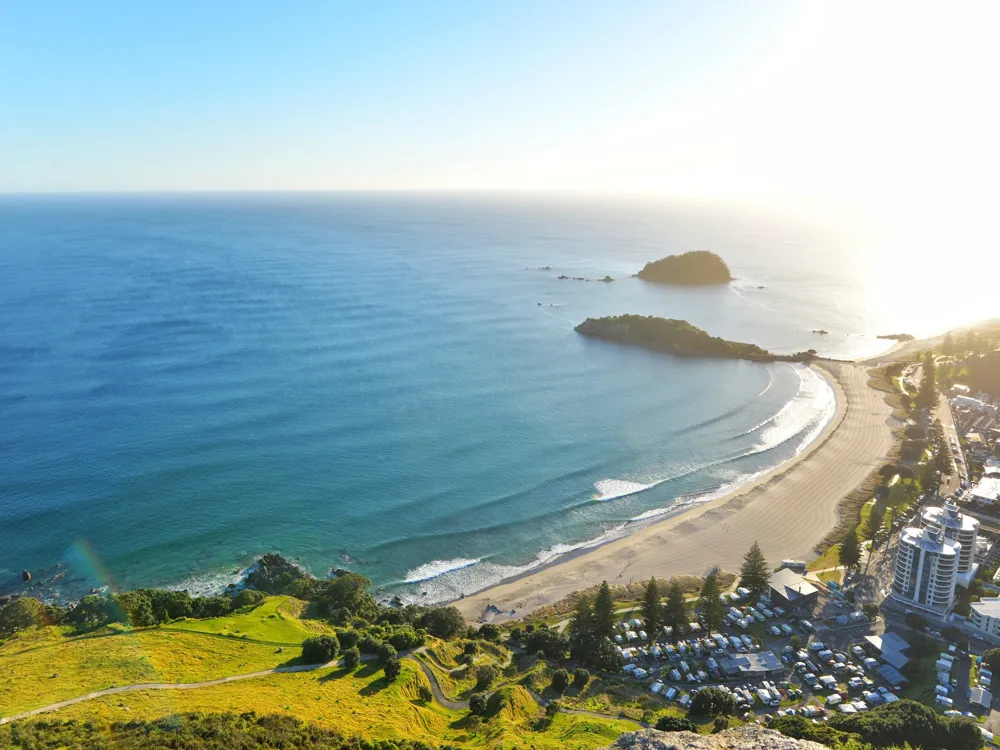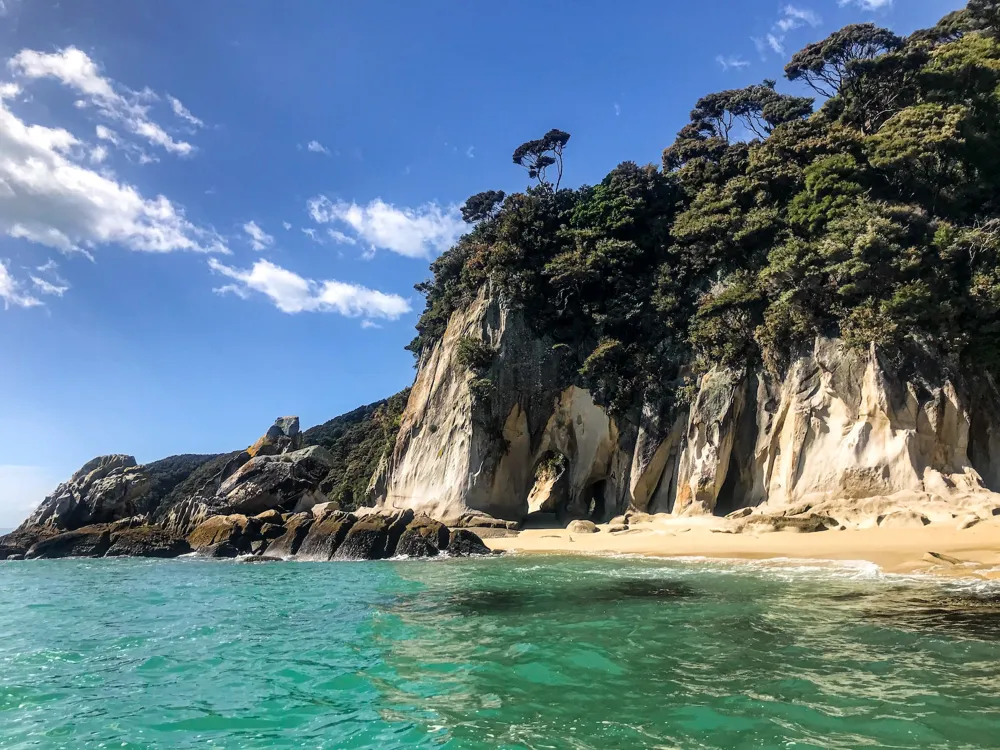Tawharanui Regional Park, a jewel in Auckland crown, offers a unique mix of natural beauty and recreational conditioning. Nestled on the eastern seacoast of the North Island, this demesne is famed for its stunning geographies, comprising rolling hills, pristine strands, and native bushland. Covering over 588 hectares, Tawharanui integrates a performing ranch, conservation sweats, and public recreational spaces. The demesne's history is as rich as its biodiversity, with Maori and European influences shaping its development. originally used by Maori for fishing and civilization, the area saw European agreement in the late 1800s, leading to agrarian use. moment, it stands as a testament to successful conservation sweats, particularly with its' landmass islet' conception, a pioneering approach in pest control and wildlife protection in New Zealand. Callers are saluted by different geographies, from flaxen strands like Anchor Bay to rocky outcrops and native timbers. The demesne's biodiversity is emotional, with a wide array of flora and fauna. Native catcalls, including the Kiwi and Bellbird, thrive then, thanks to the bloodsucker-free status achieved by expansive pest control sweats. Tawharanui's marine reserve further enriches its ecological value, supporting a variety of marine life in its demitasse-clear waters. Recreational conditioning are abundant. Hiking suckers can explore several trails, offering varying situations of difficulty and scenic views. The demesne's strands are ideal for swimming, surfing, and snorkeling. Picnic areas and regale installations make it a perfect family flight spot. For those interested in learning about the demesne's ecology and conservation, guided tenures and educational programs are available. Tawharanui's commitment to sustainability is apparent in its operation. The demesne operates under the principles of environmental stewardship, balancing mortal recreation with the preservation of its natural territories. This approach ensures that the demesne remains a thriving ecosystem and a cherished recreational space for unborn generations. The armature of Tawharanui Regional Park isn't just about structures; it's about the precisely drafted integration of human-made structures within a natural terrain. The demesne's design reflects a deep understanding and respect for the natural geography, aiming to enhance rather than dominate it. Crucial structures within the demesne, similar to the caller center, are designed to blend seamlessly with the girding terrain. Using natural accoutrements like wood and gravestone, these structures image the natural tinges and textures of the demesne. The caller center, for example, serves as an educational mecca and a gateway to the demesne, furnishing information about its history, wildlife, and trails. Its design is invisible, having the minimum impact on the geography and wildlife. Walking trails and walks are constructed to allow callers to explore the demesne without disturbing its delicate ecosystems. These pathways are strategically laid out to offer stunning views while guarding vulnerable factory and beast territories. Viewing platforms and hides are placed at crucial locales, offering callers the chance to observe wildlife in its natural setting without causing disturbance. Sustainability is at the heart of Demesne's architectural gospel. Structures and installations are designed to be energy-effective, frequently incorporating solar panels and rainwater harvesting systems. The department's waste operation practices emphasize recycling and minimizing environmental impact. In summary, the architecture of Tawharanui Regional Park is a thoughtful mix of functionality, environmental perceptivity, and aesthetic appeal. It demonstrates how mortal structures can coexist harmoniously with nature, furnishing a model for sustainable demesne design. Check the rainfall and demesne conditions before heading out. Familiarize yourself with the department's layout and trails using charts available online or at the call center. - Plan your visit during off-peak times if you prefer a quieter experience. comfortable walking shoes or hiking thrills for the trails. sunscreen, caps, and sunglasses for protection against the sun. water and snacks, especially if you plan to spend several hours in the ground. - Stay on designated paths to cover native shops and wildlife territories. - Observe wildlife from a distance and don't feed or disturb the creatures. - Follow the department's guidelines for waste disposal and recycling. Tawharanui Regional Park is accessible by both private and public transportation. However, it's about a 90-nanosecond trip from central Auckland, with scenic routes along State Highway 1 and Matakana Road, if driving. Public transport options include motorcars from Auckland to Warkworth, followed by a hack or shuttle service to the demesne. For those seeking a more audacious route, a combination of cycling and public transport can provide a pleasurable trip to the countryside. Parking is available on-site, with designated areas for buses and motorcars. READ MORE:-Overview of Tawharanui Regional Park in Auckland
The architecture of Tawharanui Regional Park
Tips for Visiting Tawharanui Regional Park
Planning Your Visit
What to Bring
Wildlife and Conservation
How To Reach Tawharanui Regional Park
Tawharanui Regional Park
Auckland
₹ 72,000 onwards
View auckland Packages
Weather :
Tags : Wildlife
Time Required : 2-3 hours
Planning a Trip? Ask Your Question
Auckland Travel Packages
View All Packages For Auckland
Top Hotel Collections for Auckland

Private Pool

Luxury Hotels

5-Star Hotels

Pet Friendly
Top Hotels Near Auckland
Other Top Ranking Places In Auckland
View All Places To Visit In auckland
View auckland Packages
Weather :
Tags : Wildlife
Time Required : 2-3 hours
Planning a Trip? Ask Your Question
Auckland Travel Packages
View All Packages For Auckland
Top Hotel Collections for Auckland

Private Pool

Luxury Hotels

5-Star Hotels

Pet Friendly







